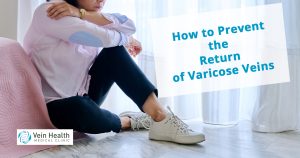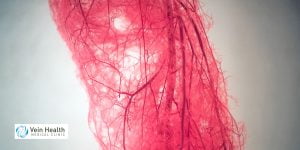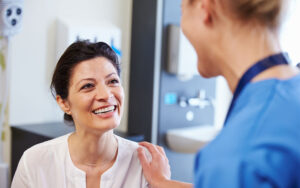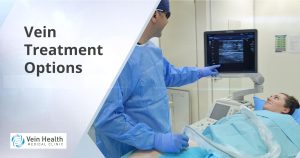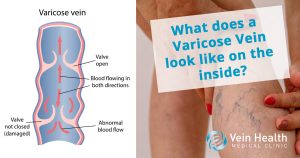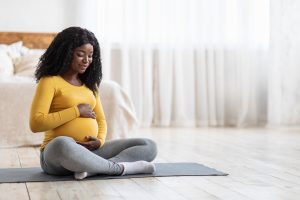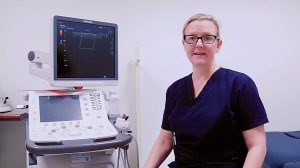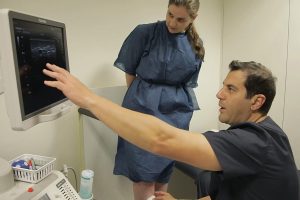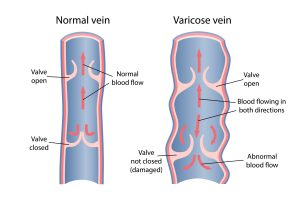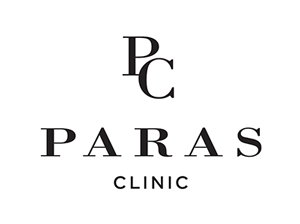
Vein Health Medical Clinic is part of Paras Clinic and provides advanced medical solutions for the treatment of varicose veins and chronic venous disease without the pain and scarring side effects of traditional surgery. This includes the latest in medical adhesives like VenaSeal, plus endovenous laser ablation (EVLA), ultrasound guided sclerotherapy, and radiofrequency ablation.
Dr Peter Paraskevas has over 15 years’ experience in medicine and established the Vein Health Medical Clinic, and other specialist clinics under the Paras Clinic name.

